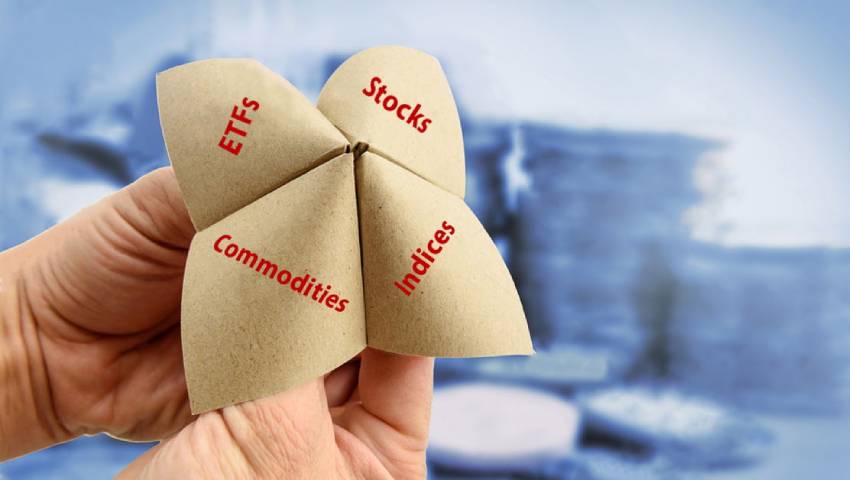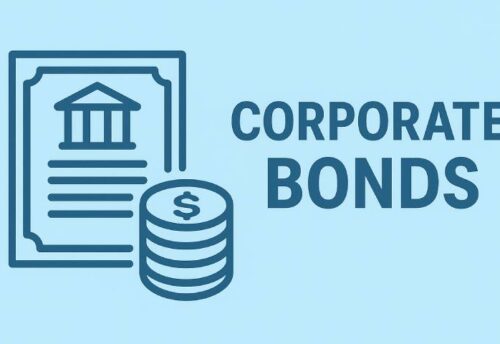
- 23/12/2024
- MyFinanceGyan
- 928 Views
- 5 Likes
- Finance, Investment
Hallmark of a Balanced Portfolio: Striking the Right Equilibrium
In investment life, a balanced portfolio is the backbone of intelligent financial planning. But what does “balance” in investments mean, and why is it necessary? Just like a balanced thali providing a little of everything for good health, a balanced investment portfolio keeps your money diversified wisely across asset classes—minimizing risks while targeting steady returns. Let’s learn what goes into creating a balanced portfolio and why all investors—veteran or novice—must accord it significance. Stay tuned to MyFinanceGyan for smart investing tips and new updates.
What Is a Balanced Portfolio in Investing?
A balanced portfolio is one in which your investments are spread across various asset classes like equities, debt, gold, real estate, and others. This spreading out ensures that if one category of investment doesn’t do well, the others can make up for it. Simply put, it’s a matter of not keeping all your eggs in one basket.
Essential Ingredients of a Balanced Investment Portfolio
These are the basic ingredients that typically constitute a balanced portfolio:
- Equity (Shares): Has good growth prospects but with greater ups and downs.
- Fixed-Income (FDs, Bonds, PPF): Provides stability and regular income, but with moderate returns.
- Cash & Liquid Assets: Proves easy availability of money during emergencies, but with low returns.
- Real Estate: A long-term investment that insulates against inflation and provides physical value.
- Gold: Has traditionally been a safe investment in India, particularly during times of uncertainty.
- Commodities: Good for diversification since they don’t necessarily move with markets.
- Alternative Investments (REITs, Mutual Funds, Crypto): Can provide additional returns if well selected.
Tip: A well-diversified combination of these asset classes will save your investments in times of market crashes or economic downfalls.
Why Indian Investors Need a Balanced Portfolio
Building a balanced portfolio is not reserved for experts—it’s a savvy decision for anyone who wants to build wealth with confidence. Here’s why:
- Reduces Risk: Diversifying your investments lessens the effect of one asset performing badly.
- Consistent Returns: Equities can go up and down, but fixed-income instruments ensure the overall returns are balanced.
- Safeguards Capital: Suitable for risk-averse investors or retirees who want safety rather than risk.
- Beats Inflation: Investments such as stocks, real estate, and even gold make your money increase with time.
- Reduces Anxiety: Diversification provides peace of mind when markets fluctuate.
- Aligns With Your Life Goals: From saving for a home, your child’s education, or retirement—balancing ensures you remain on course.
Behavioural Habits That Disturb Portfolio Balance
In India, investing tends to be driven by emotion, recommendations from family members, or the latest trend. Here are typical behaviors that can destroy portfolio balance:
- Emotional Reactions: Selling at a loss during a downslide or over-buying “hot” stocks in a bull phase.
- Overconfidence: Believing you can outperform the market by investing only in 1-2 asset classes.
- Following the Crowd: Investing because “everyone” is doing it (remember the cryptocurrency bubble?).
- Skipping Rebalancing: Failing to check your portfolio regularly will lead you to stray from your initial plan.
- Performance Chasing: Investing solely in last-stellar-performing funds—a surefire way to regret it.
- Lack of Awareness: Most investors are unaware of the role asset allocation plays and inadvertently take unnecessary risk.
How to Build and Maintain a Balanced Portfolio
The following are some thumb rules to enable you to develop a balanced investment strategy:
- Set Your Financial Objectives: Understand why you’re investing—short, medium, or long term.
- Determine Your Risk Tolerance: Can you handle fluctuation, or do you need to be protected?
- Select Your Combination: Invest in a little bit of everything—equity, debt, gold, real estate, etc.
- Check Frequently: Once yearly, ensure that your portfolio still reflects your aims.
- Take Professional Assistance: Don’t be shy to seek the assistance of a financial advisor if necessary.
- Reminder: A well-balanced portfolio is not one-size-fits-all. What is appropriate for a 30-year-old software professional may not be suitable for a retired professor
Conclusion:
Investing with Balance Is the Key to Wealth Creation. Getting the proper balance in your portfolio is an art and a habit. With good diversification, regular rebalancing, and keeping your eye on your own goals, you can build a solid foundation for long-term wealth—without losing sleep over market fluctuations.
Disclaimer: The information provided in this blog is for general awareness and educational purposes only. Consult your financial advisor before making any investment choices.



